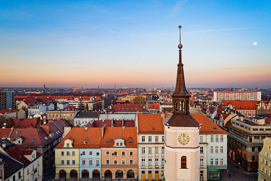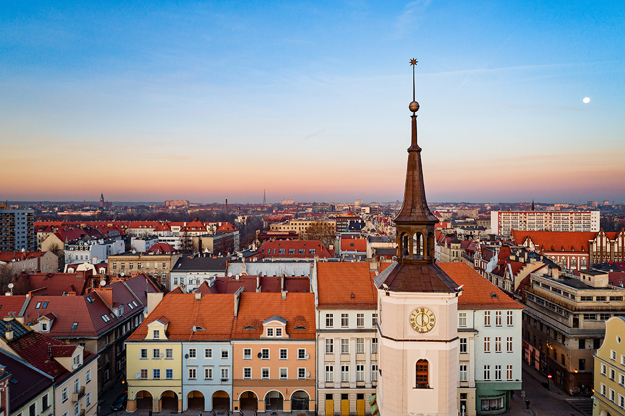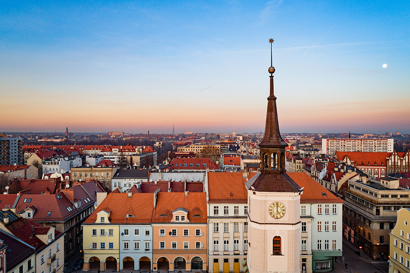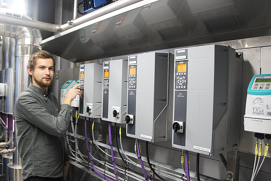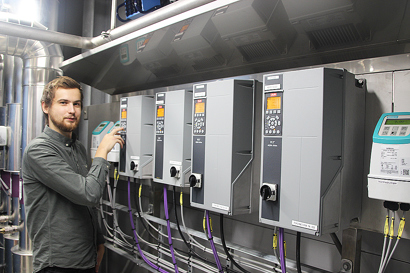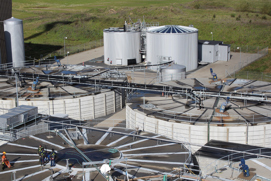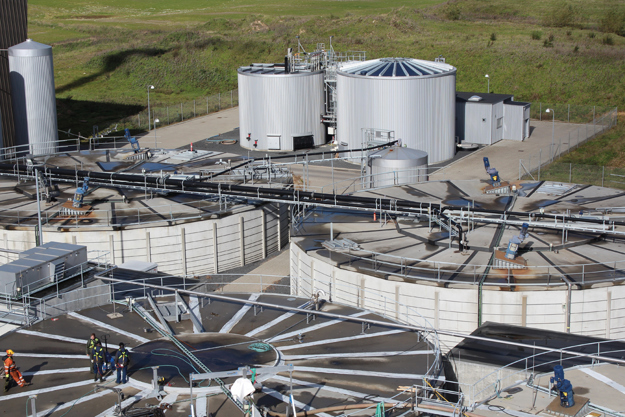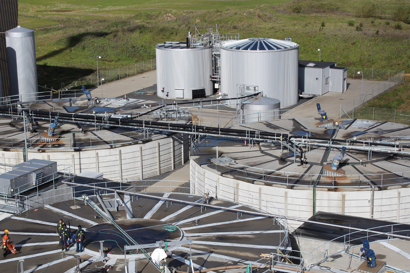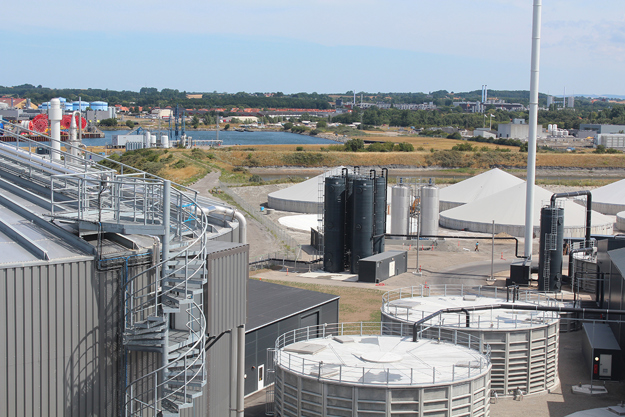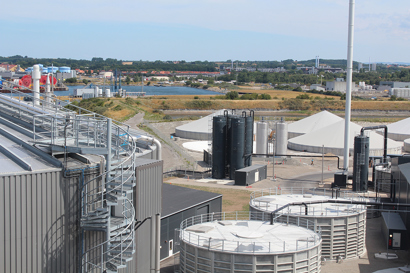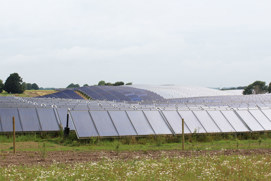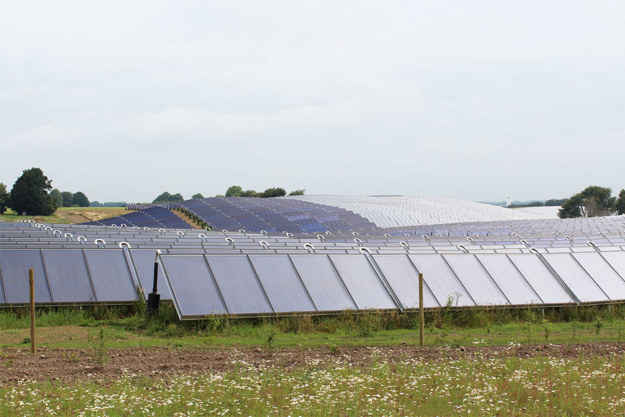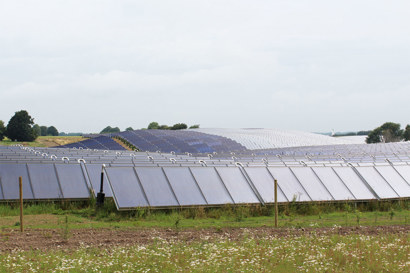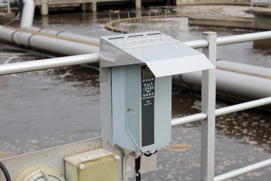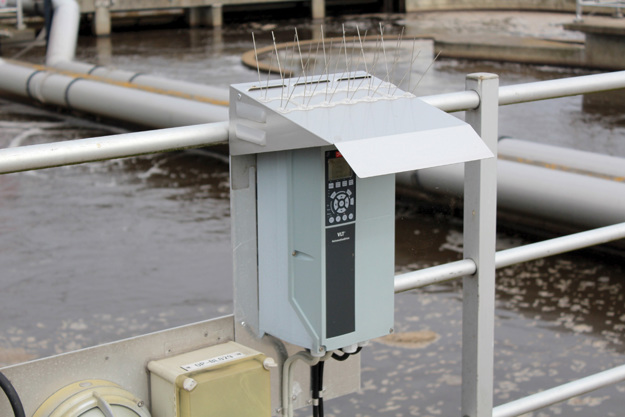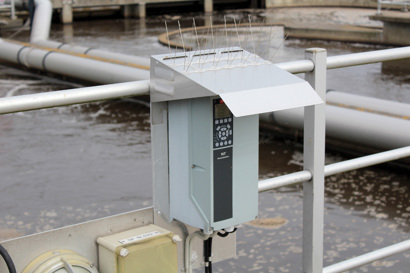
At Bigadan’s Kalundborg Bioenergy plant in Denmark, AC drives from Danfoss help convert biomass from insulin and enzyme production to energy.
Biogas generated from pharmaceutical and other organic waste is purified to the same quality as the natural gas and is therefore suitable for distribution in the Danish natural gas grid. The pure biogas is an important CO2-neutral energy source that can be used directly for fuelling city buses and in power plants to produce electricity and district heating.
“This is a good example of sector coupling, where all energy forms in the future will be linked together, such that society can use the least expensive and most environmentally friendly energy sources at all times”, explains Erik Lundsgaard, Production Manager, Bigadan.
Energy generation case studies
-
if (isSmallPicture) {


 DrivePro® services enhance security of heat supply for 49,000 apartments in Gliwice
DrivePro® services enhance security of heat supply for 49,000 apartments in GliwicePOLAND: At district heating company PEC Gliwice, AC drives reduce energy consumption of electric motors by up to 40%. DrivePro® Site Assessment audits help ensure optimal efficiency.
-
if (isSmallPicture) {


 Electrification and sector coupling achieve CO2 goals at FlexHeat Nordhavn
Electrification and sector coupling achieve CO2 goals at FlexHeat NordhavnDENMARK: The FlexHeat district heating plant at Copenhagen’s Nordhavn harbor emits 315 fewer tonnes per annum of CO2 than the LPG gas-based alternative.
-
if (isSmallPicture) {


 World leader in biogas reduces CO2 emissions by 50,000 t annually
World leader in biogas reduces CO2 emissions by 50,000 t annuallyBy generating power and heat from biogas instead of fossil fuels, MEC-BioGas reduces its CO2 footprint by 50000 tpa. Danfoss VLT® drives ensure optimal uptime in the 24/7 operations.
-
if (isSmallPicture) {


 Full-scale biogas plant in Kalundborg ensures the return of all nutrients back to nature
Full-scale biogas plant in Kalundborg ensures the return of all nutrients back to natureAC drives from Danfoss help convert biomass from insulin and enzyme production to energy.
-
if (isSmallPicture) {


 Solar heating plant reduces CO2 emissions by 15,700 tonnes annually
Solar heating plant reduces CO2 emissions by 15,700 tonnes annuallyThe world’s largest solar heating plant in Silkeborg, Denmark harnesses energy to heat the homes and workplaces of 40,000 citizens. It supplies 18-20% of the annual heat consumption in the city of Silkeborg, Denmark, which has an ambitious target of CO2 neutrality in heat production by the year 2030.
-
if (isSmallPicture) {


 Marselisborg generates surplus power
Marselisborg generates surplus powerWastewater treatment plant’s use of AC drives on rotating equipment creates net production of both electricity and heat and reduces its carbon footprint by 35%.

